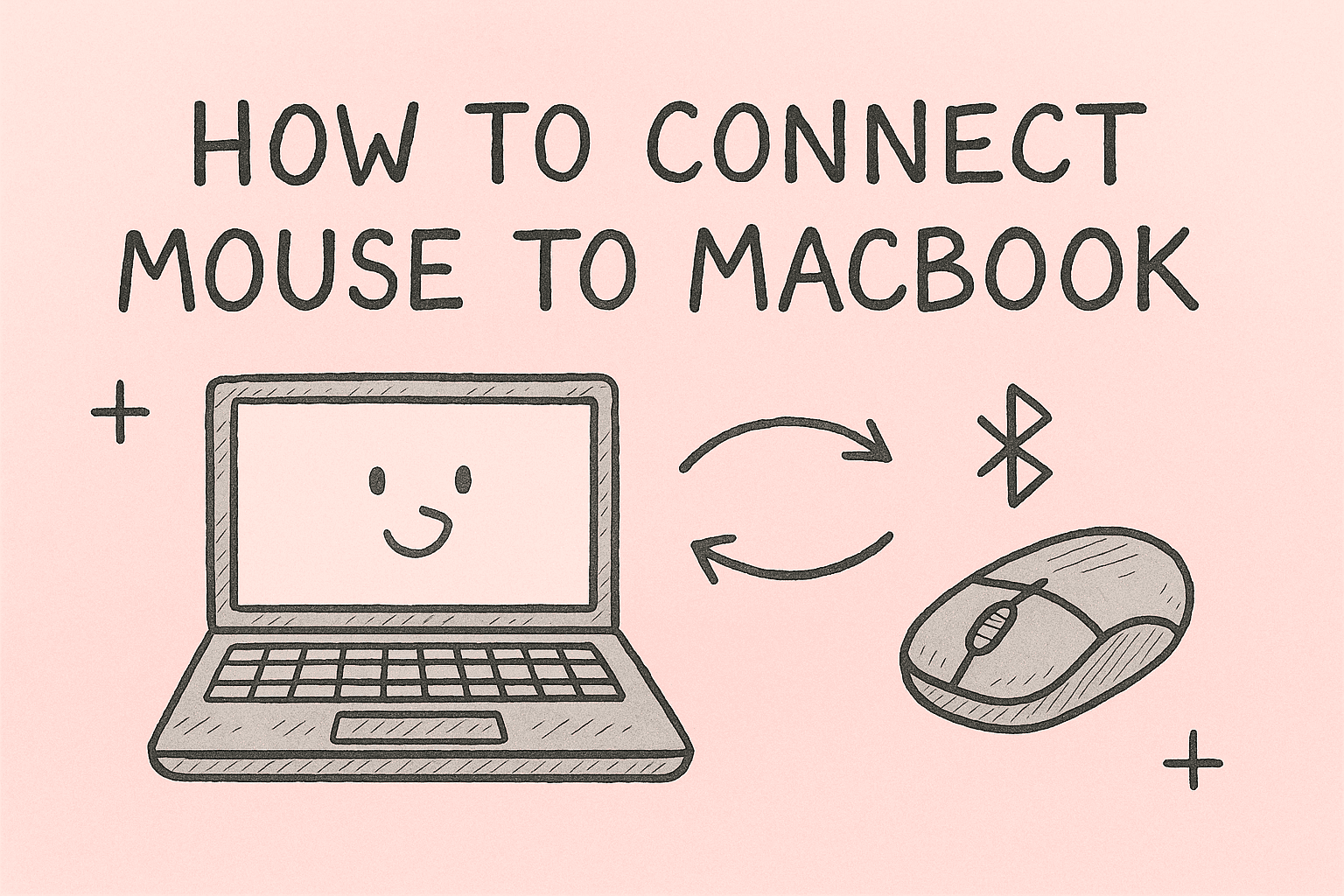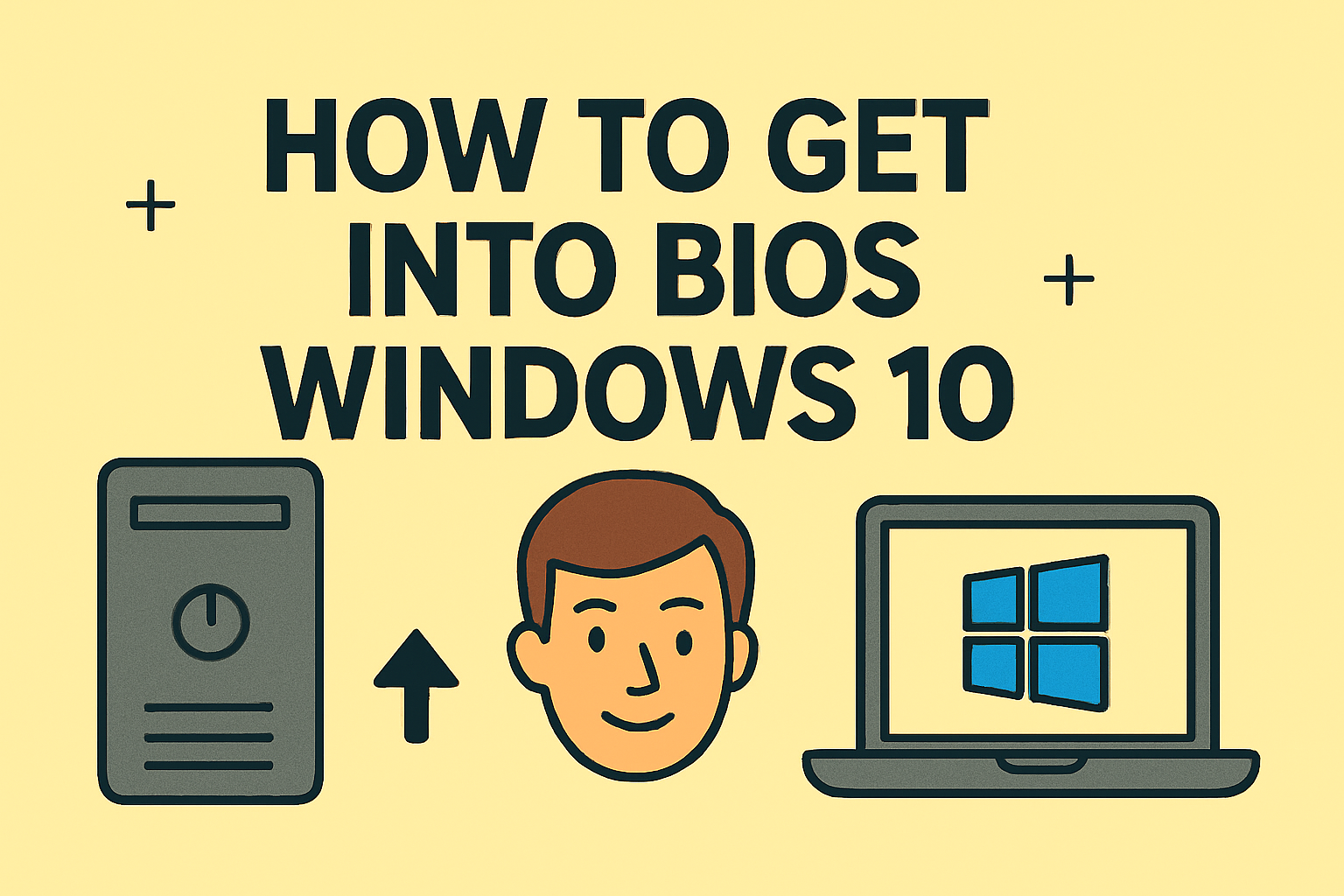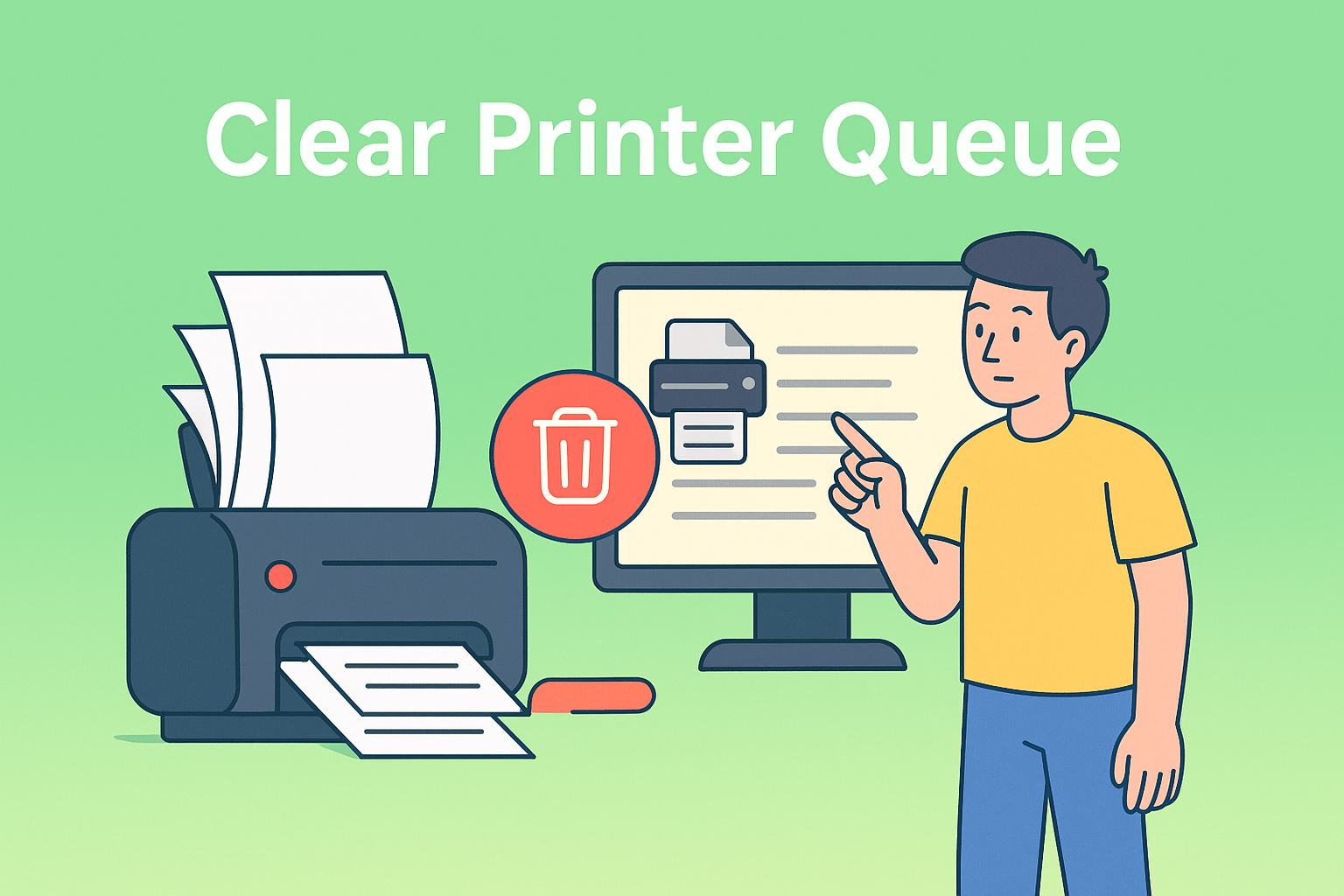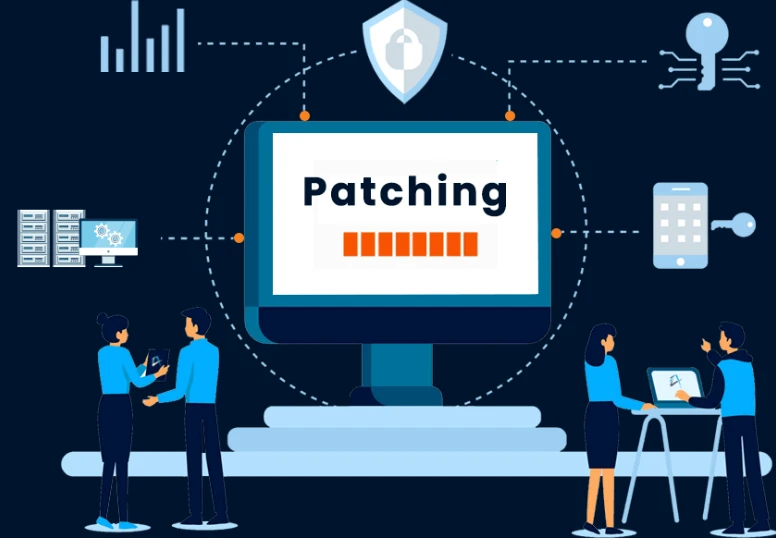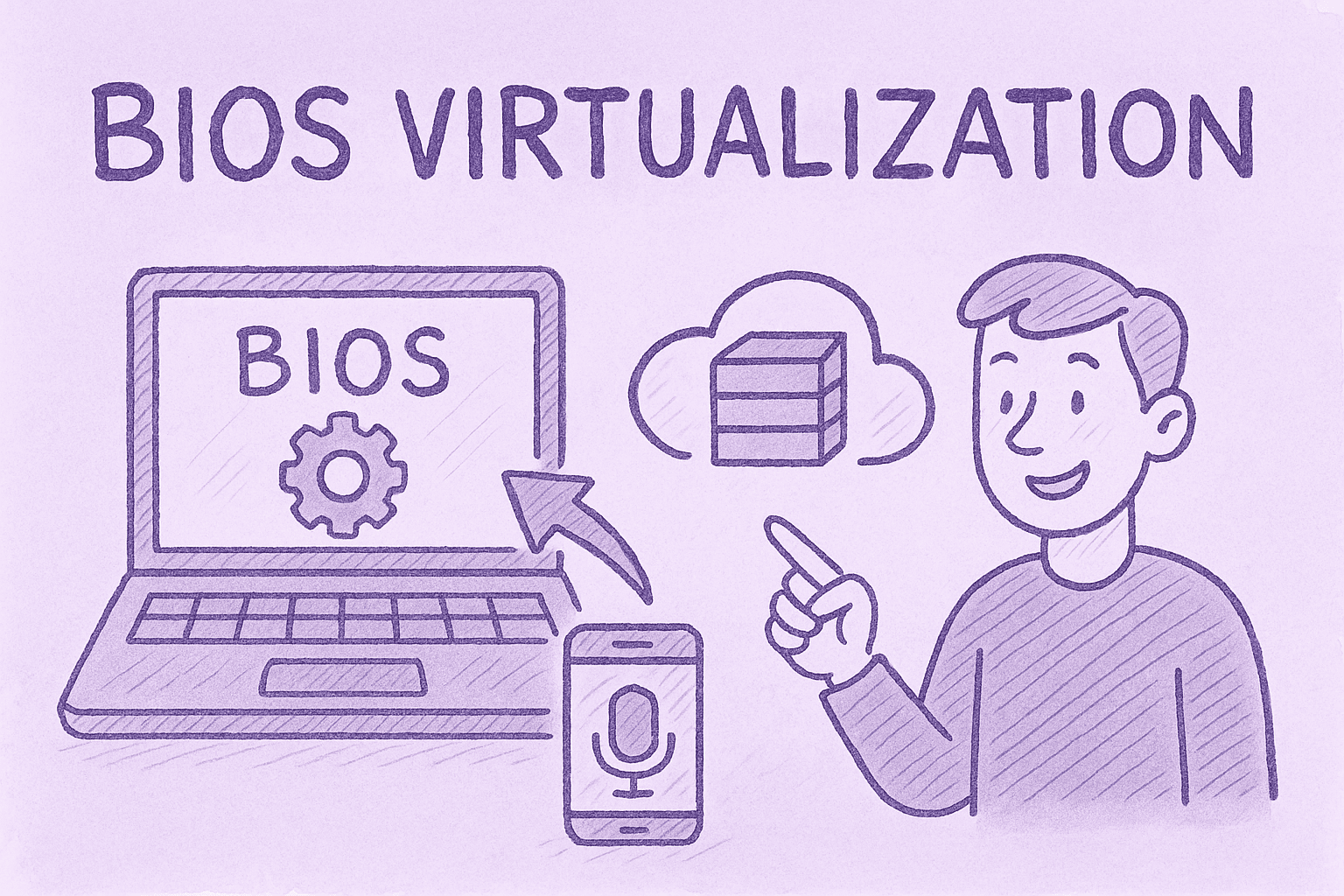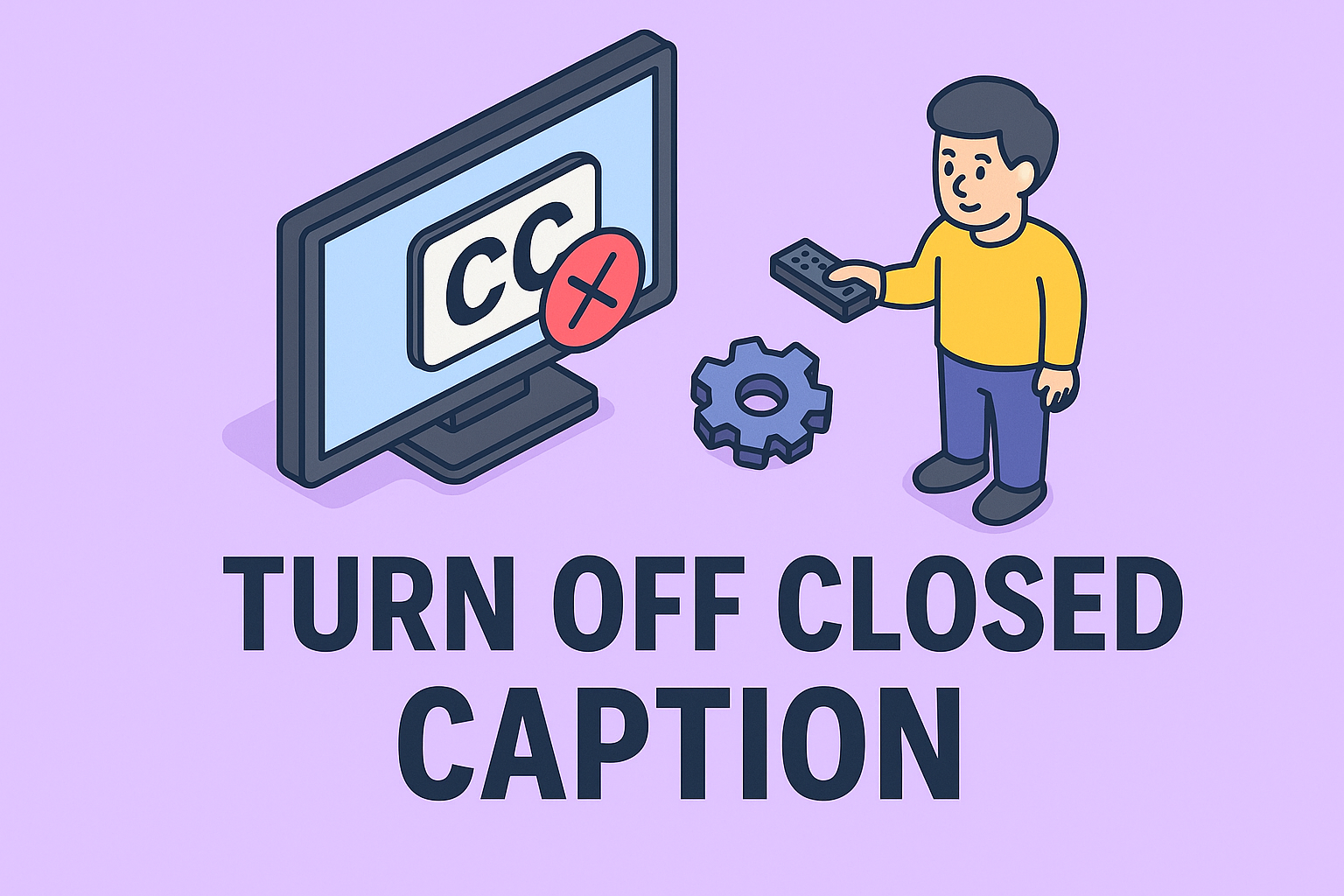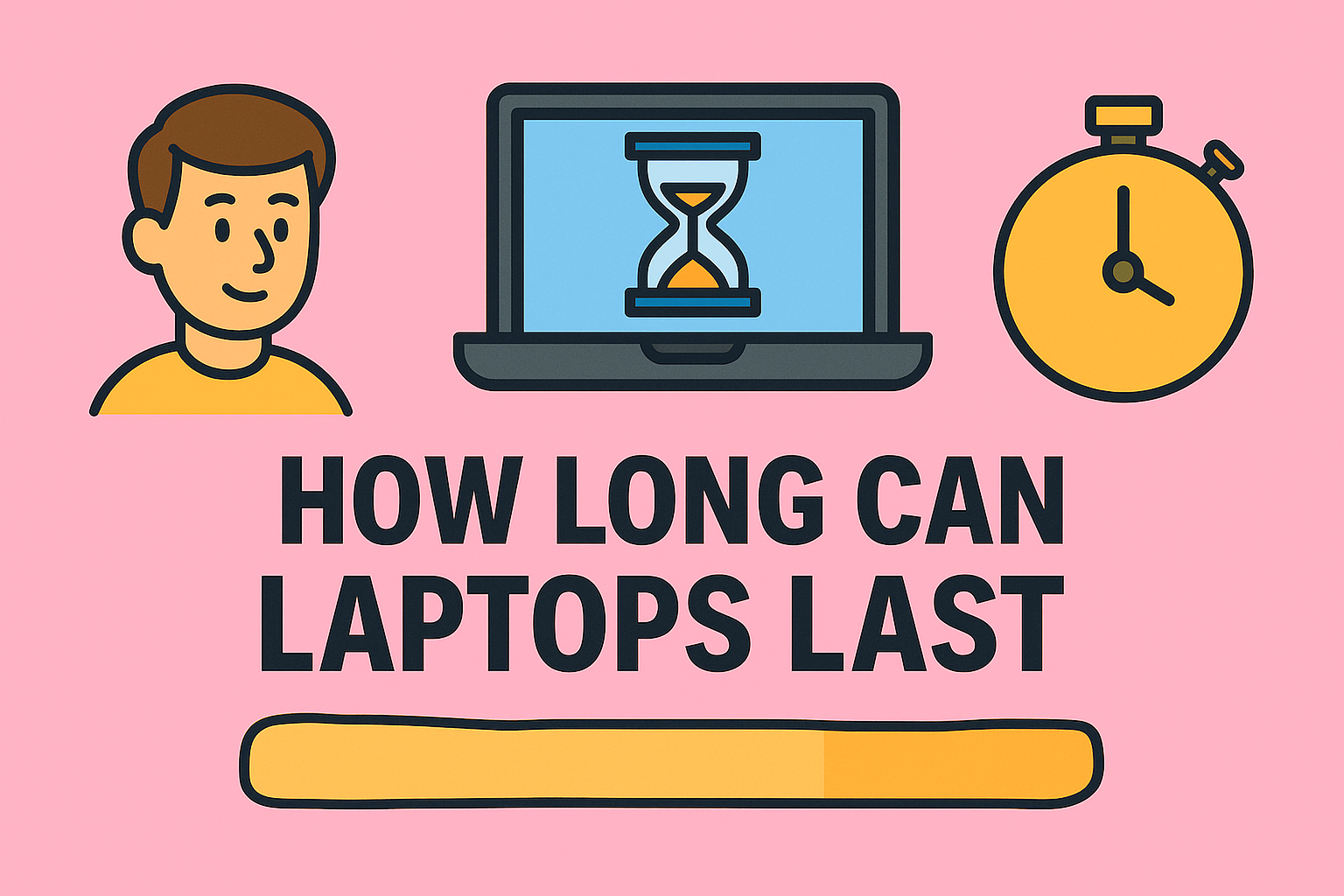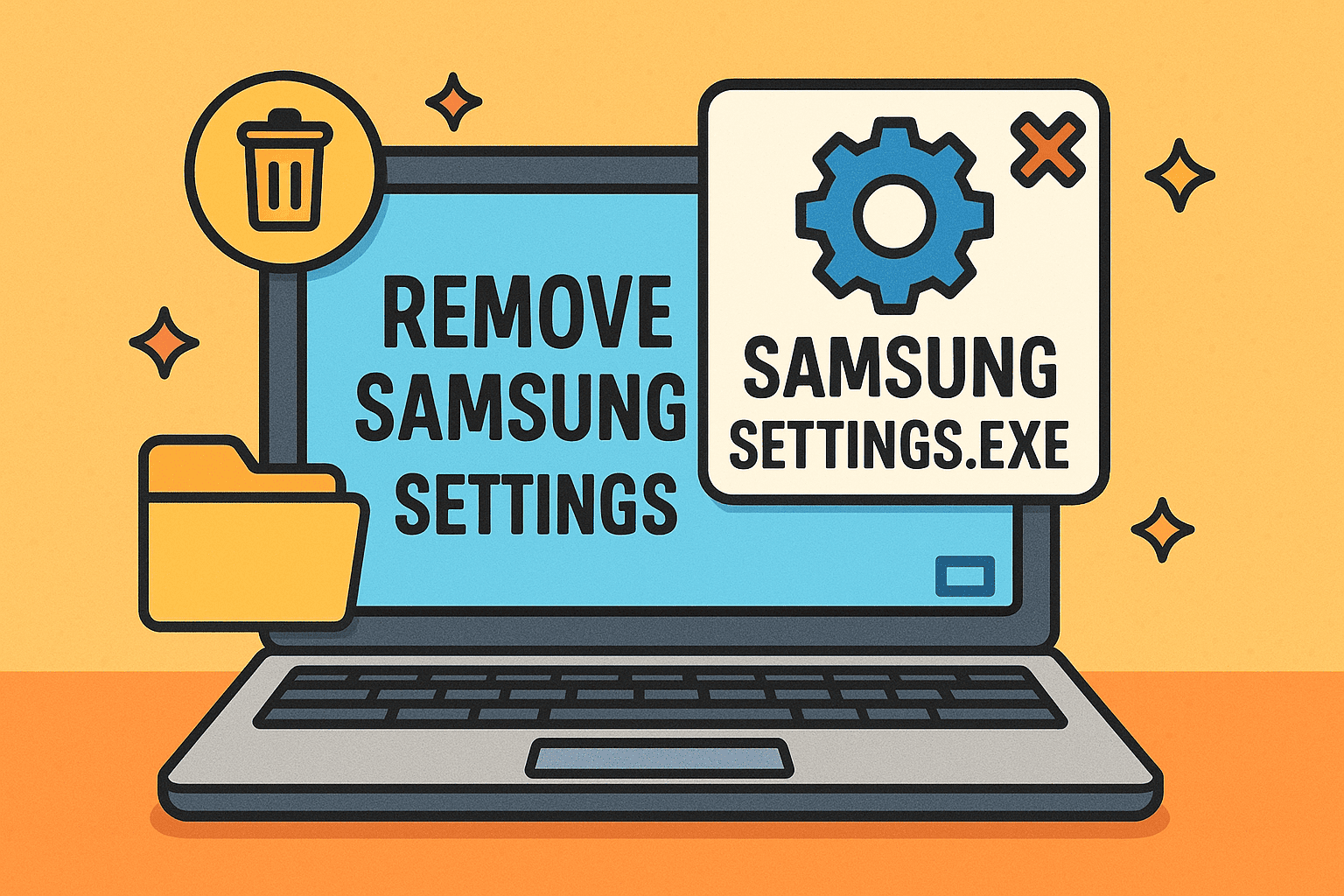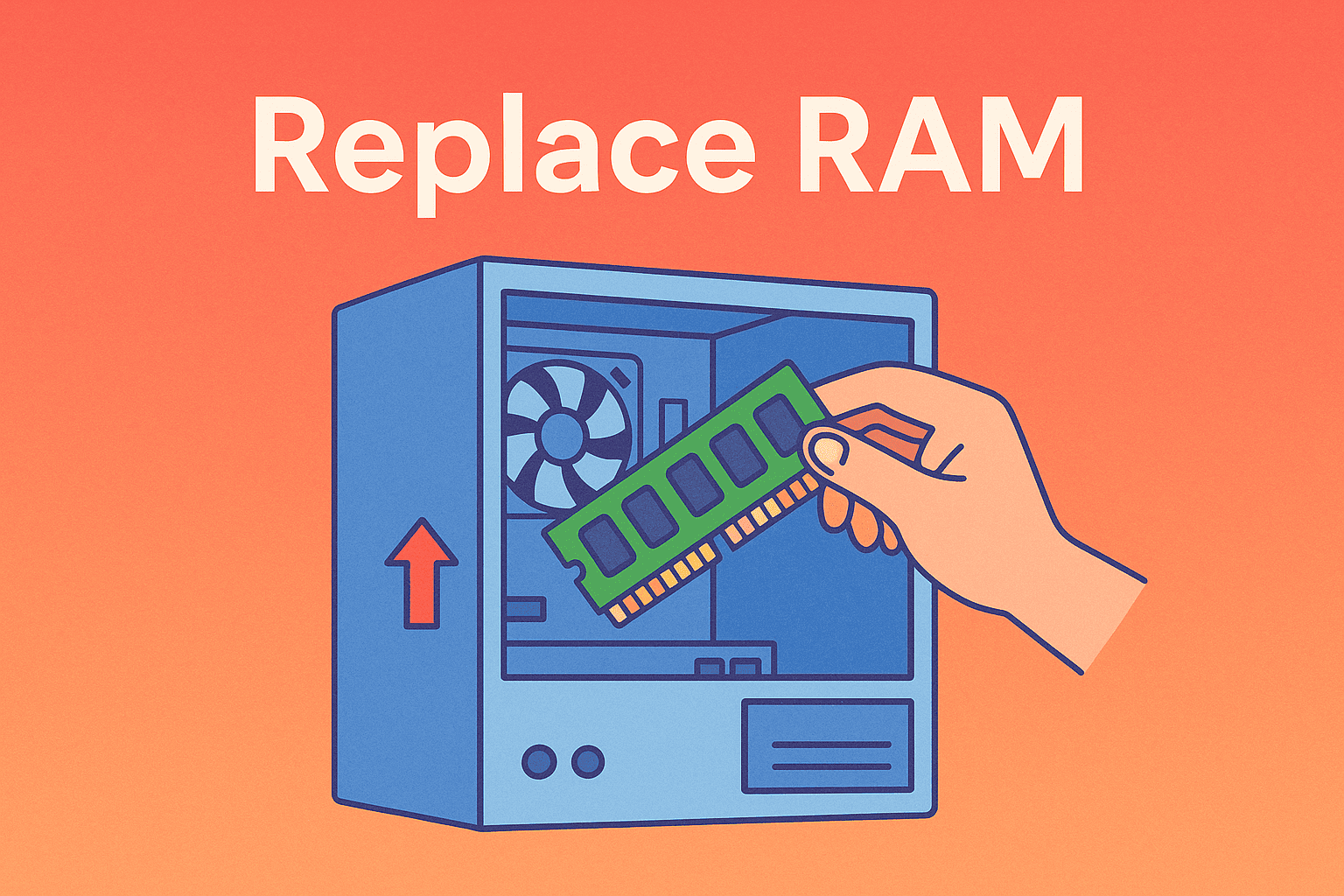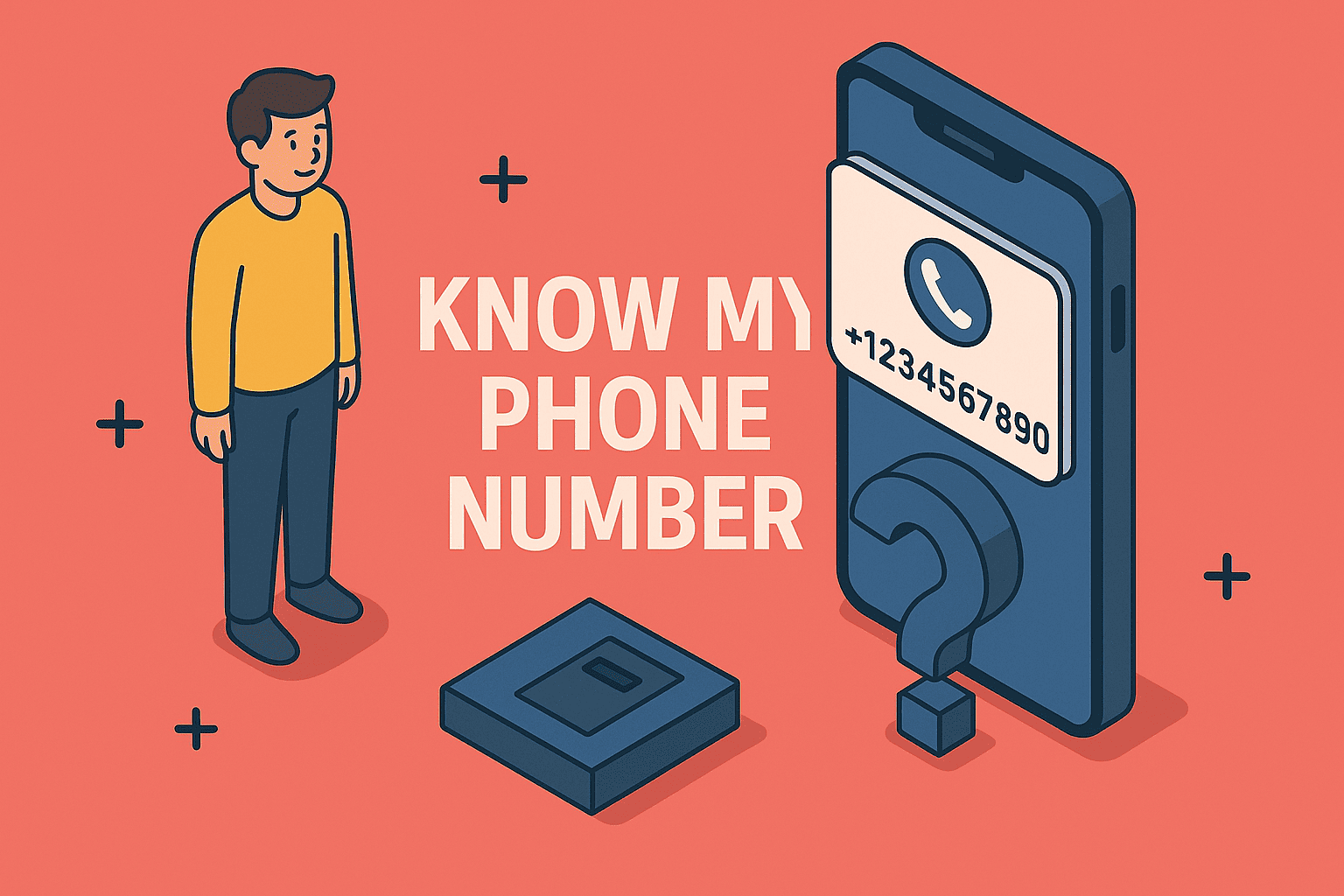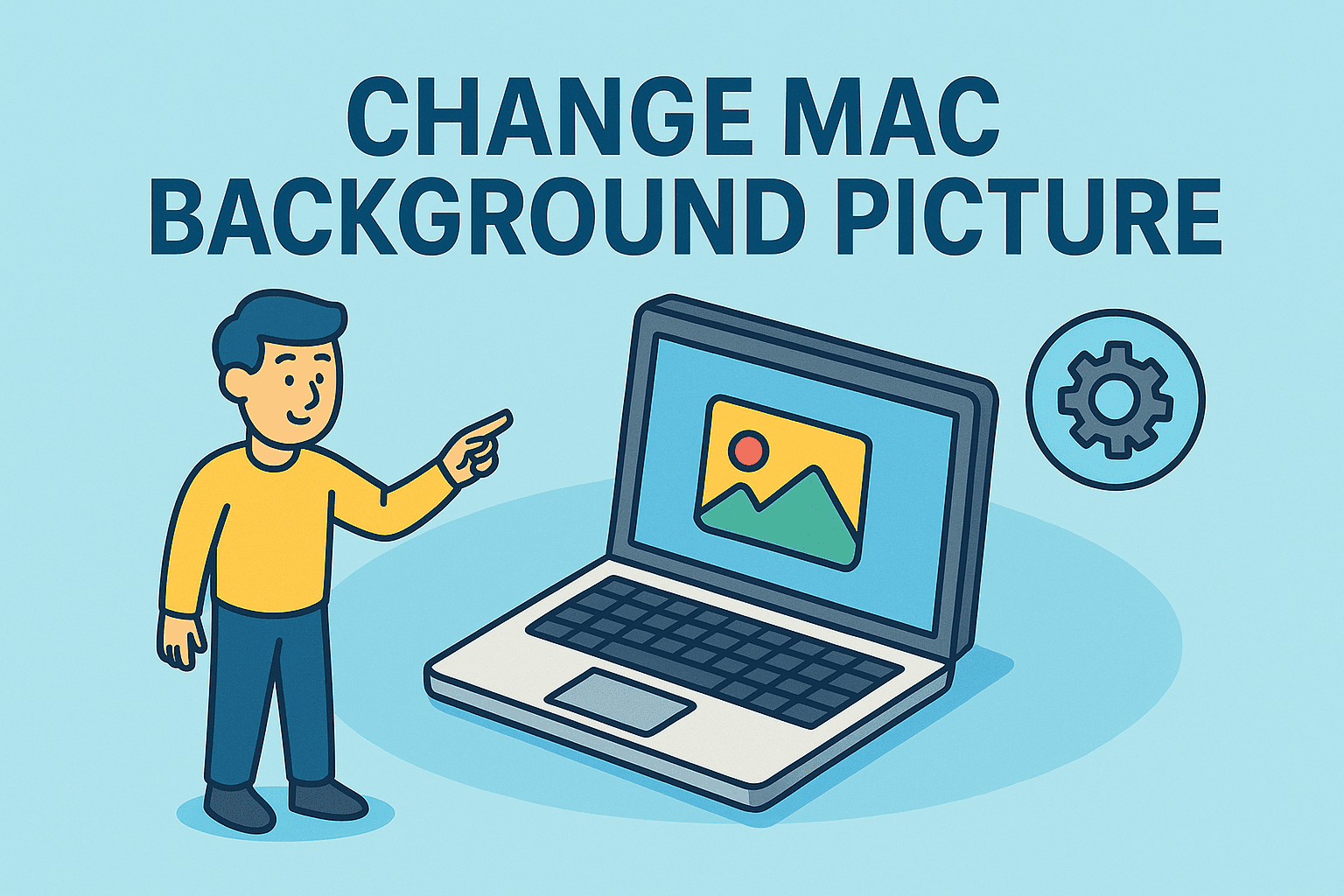Your Complete Guide to SaaS
Updated on June 3, 2025, by ITarian
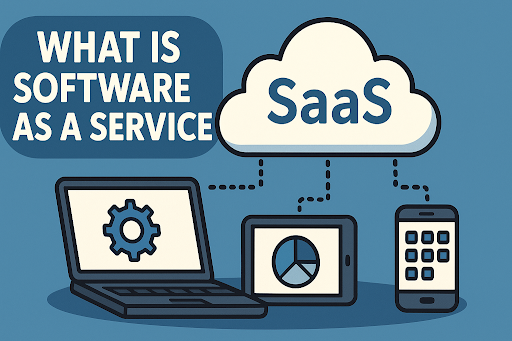
In today’s cloud-first world, businesses of every size are shifting away from bulky, on-premise solutions. Why? Software as a Service (SaaS) has revolutionized the way software is delivered and consumed.
But what is Software as a Service? Whether you’re an IT manager, CEO, or cybersecurity professional, understanding SaaS is essential for modern digital operations. SaaS can streamline processes, reduce costs, and enhance scalability—but only if you know how to leverage it securely and strategically.
What is Software as a Service?
Software as a Service (SaaS) is a cloud-based software delivery model where applications are hosted by a provider and accessed via the internet. Instead of installing and maintaining software on individual devices, users simply log in through a web browser.
This subscription-based model eliminates the need for hardware installations and lengthy setups. SaaS is typically managed from a central location, ensuring automatic updates, maintenance, and scalability.
Software as a Service Definition
The Software as a Service definition according to industry standards is:
A method of software delivery and licensing in which software is accessed online via a subscription, rather than bought and installed on individual computers.
How SaaS Works: Behind the Scenes
To understand how SaaS works, consider this simple analogy: You don’t own the infrastructure or platform; you simply rent it and enjoy the full service.
Key Components:
- Multi-Tenant Architecture: Multiple users share the same infrastructure, application code, and database, but data remains isolated.
- Web-Based Access: All that’s needed is a device with internet access and a browser.
- Centralized Hosting: The SaaS provider hosts, updates, and maintains the application.
- Pay-as-You-Go Pricing: Subscriptions are monthly or yearly, often based on usage tiers.
SaaS providers handle everything from security to disaster recovery, making it an ideal solution for businesses lacking deep IT resources.
Examples of SaaS in Action
SaaS is all around us—even if you don’t realize it. Here are some well-known examples of SaaS used across industries:
- Google Workspace (Docs, Sheets, Gmail) – Collaboration and communication
- Salesforce – Customer Relationship Management (CRM)
- Dropbox – Cloud storage and file sharing
- Zoom – Video conferencing
- Microsoft 365 – Productivity tools
- Slack – Team communication
- HubSpot – Marketing automation
These tools provide businesses with flexible and scalable solutions across departments—from marketing to HR and operations.
SaaS Applications Across Industries
SaaS applications are incredibly diverse and cater to a wide array of business needs.
By Industry:
- Healthcare: Electronic Health Records (EHRs), telemedicine platforms
- Finance: Accounting software, budgeting platforms
- Education: Learning Management Systems (LMS)
- Retail: POS systems, e-commerce platforms
- Legal: Case management software
By Function:
- CRM and Sales: Salesforce, Pipedrive
- HR and Recruitment: BambooHR, Workable
- Project Management: Asana, Trello
- Cybersecurity: Itarian, CrowdStrike (cloud-based protection tools)
Benefits of SaaS
Why are so many companies adopting SaaS? Here are some compelling advantages:
- Lower upfront costs
- Scalability and flexibility
- Faster implementation and deployment
- Automatic updates and patches
- Remote access from anywhere
- Enhanced collaboration tools
SaaS and Cybersecurity: Risks and Responsibilities
While SaaS offers immense convenience, it also poses security challenges that must not be overlooked.
Key Risks:
- Data Breaches: Centralized data storage can be a single point of failure.
- Access Management: Weak authentication mechanisms can lead to unauthorized access.
- Third-Party Risk: You rely on the provider for data integrity and compliance.
Security Best Practices:
- Implement Multi-Factor Authentication (MFA)
- Conduct regular security audits
- Choose providers with SOC 2, ISO 27001 certifications
- Use Data Loss Prevention (DLP) tools
- Define clear access controls and permissions
Challenges of SaaS Implementation
Despite its benefits, SaaS implementation is not without hurdles:
- Integration Issues: Legacy systems may not integrate easily
- Vendor Lock-in: Migrating data away from a SaaS provider can be complex
- Customization Limits: Off-the-shelf products may lack niche features
- Compliance Complexity: Especially in industries like healthcare or finance
Tips for Selecting the Right SaaS Provider
To get the most out of your SaaS investment:
- Assess your business needs
- Evaluate integration capabilities
- Review security and compliance credentials
- Consider uptime guarantees and SLAs
- Check user reviews and case studies
The Future of SaaS
The SaaS market is projected to surpass $400 billion by 2025. Trends shaping the future include:
- AI-powered SaaS for predictive analytics
- Vertical SaaS tailored to specific industries
- SaaS + PaaS hybrids allowing deeper customization
- Greater focus on cybersecurity and data sovereignty
Frequently Asked Questions (FAQ)
Q1: What is the difference between SaaS and traditional software?
SaaS is hosted online and accessed via a browser. Traditional software requires installation and on-premise management.
Q2: Can SaaS be used offline?
Generally, no, though some platforms offer limited offline capabilities.
Q3: Is SaaS secure?
Yes, when best practices are followed. Choose vendors with strong compliance and encryption standards.
Q4: How does SaaS help small businesses?
It reduces upfront costs, eliminates hardware needs, and provides access to enterprise-level tools.
Q5: Can SaaS be customized?
To some extent. However, deep customization may require alternative solutions like Platform as a Service (PaaS).
Final Thoughts: Empower Your Business with SaaS
What is Software as a Service? It’s more than a buzzword—it’s a transformative model that empowers modern businesses with flexibility, cost-efficiency, and innovation. From marketing to cybersecurity, SaaS is shaping the future of work.
Ready to enhance your organization’s digital security and performance?
Sign up now with Itarian for SaaS-based cybersecurity solutions tailored to your business.

